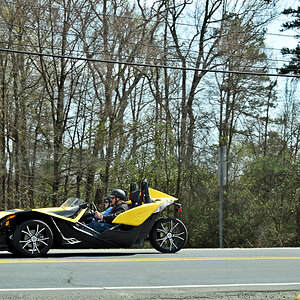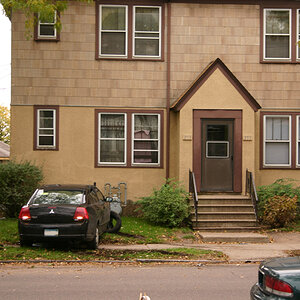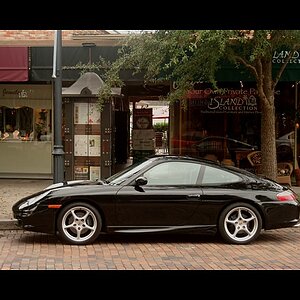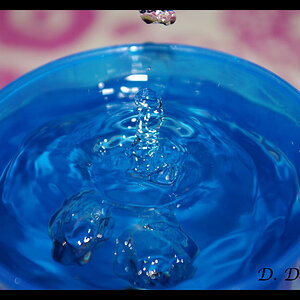BrianV
TPF Noob!
- Joined
- Nov 26, 2012
- Messages
- 806
- Reaction score
- 123
- Can others edit my Photos
- Photos NOT OK to edit
Metabones - Metabones and Caldwell Photographic Introduce Speed Booster
It looks like Metabones has revisited the use of optics to create an "inverse teleconvertor". This adapter shortens focal length, and gives an increase in F-Stop. I am sure there are some limits, but looks interesting.
It looks like Metabones has revisited the use of optics to create an "inverse teleconvertor". This adapter shortens focal length, and gives an increase in F-Stop. I am sure there are some limits, but looks interesting.













